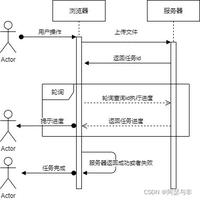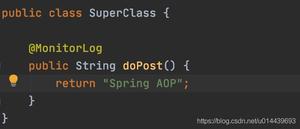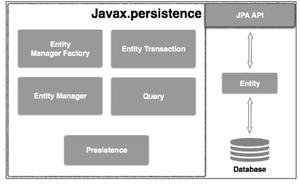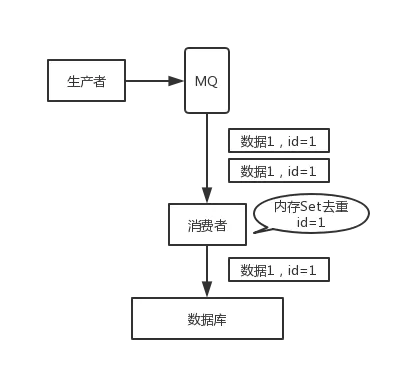认识Spring的注解(三)之@AliasFor使用规则

一、该标签存在的意义
顾名思义 @AliasFor 表示别名,它可以注解到自定义注解的两个属性上,表示这两个互为别名,也就是说这两个属性其实同一个含义。该标签存在的含义,从网上查发现有个点,
- 若 自定义注解有一个属性,且该属性命名上为了体现其含义,所以有些复杂,这样调用方必须每次使用自定义注解的时候,都必须写明 属性 ,然后设置,这样会比较负责;
- 同时若自定义注解继承了另一个注解,要想让调用方能够设置继承过来的属性值,就必须在自定义注解中重新定义一个属性,同时声明该属性是父注解某个属性的别名。
二、该标签的用法
/*** @AliasFor 用法:<br>
* <li>用到注解 属性上,表示两个属性互相为别名,互相为别名的属性值必须相同,若设置成不同,则会报错</li>
* <li>注解是可以继承的,但是注解是不能继承父注解的属性的,也就是说,我在类扫描的时候,拿到的注解的属性值,依然是父注解的属性值,而不是你定义的注解的属性值<br>
* 所以此时可以在子注解对应的属性上加上@AliasFor<br>
* <pre><code>
*
* </code></pre>
* </li>
* @author sandy
*
*/
@Retention(RetentionPolicy.RUNTIME)
@Target(ElementType.TYPE)
@Documented
@Inherited
public @interface MyAnnotation {
@AliasFor(attribute = "location")
String value() default "";
@AliasFor(attribute = "value")
String location() default "";
}
1、同个注解中的两个属性互为别名
在 MyAnnitation 自定义注解类中,value属性和location属性互为别名,此时用的时候可以指定属性名设置属性值,也可以缺省属性名:
(1) 指定属性名设置属性值
@MyAnnotation(location = "location")public class AliasTest extends BaseTest {
@Test
public void test() {
MyAnnotation myAnnotation = AnnotationUtils.getAnnotation(this.getClass(), MyAnnotation.class);
System.out.println("value:" + myAnnotation.value() + ";loation:" + myAnnotation.location());
}
}
输出值为:
value:location;loation:location
@MyAnnotation(value = "location")public class AliasTest extends BaseTest {
@Test
public void test() {
MyAnnotation myAnnotation = AnnotationUtils.getAnnotation(this.getClass(), MyAnnotation.class);
System.out.println("value:" + myAnnotation.value() + ";loation:" + myAnnotation.location());
}
}
输出值为:
value:location;loation:location
由上可知,无论指明设置哪个属性名设置属性值,另一个属性名也是同样属性值。若两个都指明属性值,要求值必须相同,否则会报错。
(2) 缺省属性名设置属性值
@MyAnnotation("location")public class AliasTest extends BaseTest {
@Test
public void test() {
MyAnnotation myAnnotation = AnnotationUtils.getAnnotation(this.getClass(), MyAnnotation.class);
System.out.println("value:" + myAnnotation.value() + ";loation:" + myAnnotation.location());
}
}
输出值:
value:location;loation:location
2、继承父注解的属性,使其拥有更强大的功能
@Retention(RetentionPolicy.RUNTIME)@Target(ElementType.TYPE)
@Documented
@Inherited
@MyAnnotation
public @interface SubMyAnnotation {
@AliasFor(value="location",annotation=MyAnnotation.class)
String subLocation() default "";
@AliasFor(annotation=MyAnnotation.class) //缺省指明继承的父注解的中的属性名称,则默认继承父注解中同名的属性名
String value() default "";
}
在 SubMyAnnotation 中 明显 subLocation 和 value 是互为别名。
(1) 将 SubMyAnnotation 中 value 默认值设置为 ddd,此时,使用注解时作如下配置会报错
@SubMyAnnotation(subLocation = "location")public class SubAliasTest extends BaseTest {
@Test
public void test() {
SubMyAnnotation myAnnotation = AnnotationUtils.getAnnotation(this.getClass(), SubMyAnnotation.class);
System.out.println("value:" + myAnnotation.value() + ";loation:" + myAnnotation.subLocation());
}
}
(2) 不设置 SubMyAnnotation 中 value 默认值设置为 ddd,则如上的例子可以成功执行
以上是 认识Spring的注解(三)之@AliasFor使用规则 的全部内容, 来源链接: utcz.com/z/511910.html









